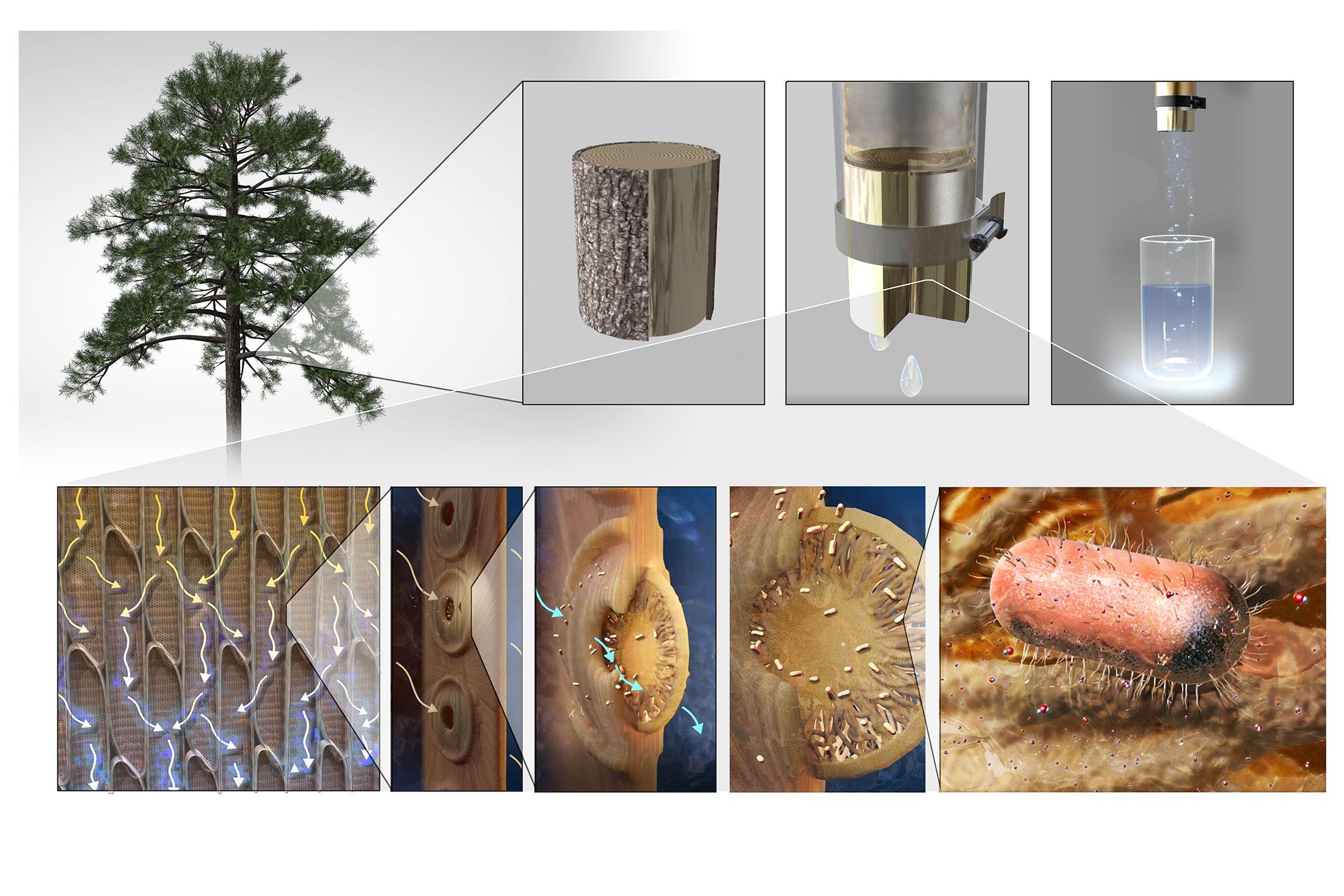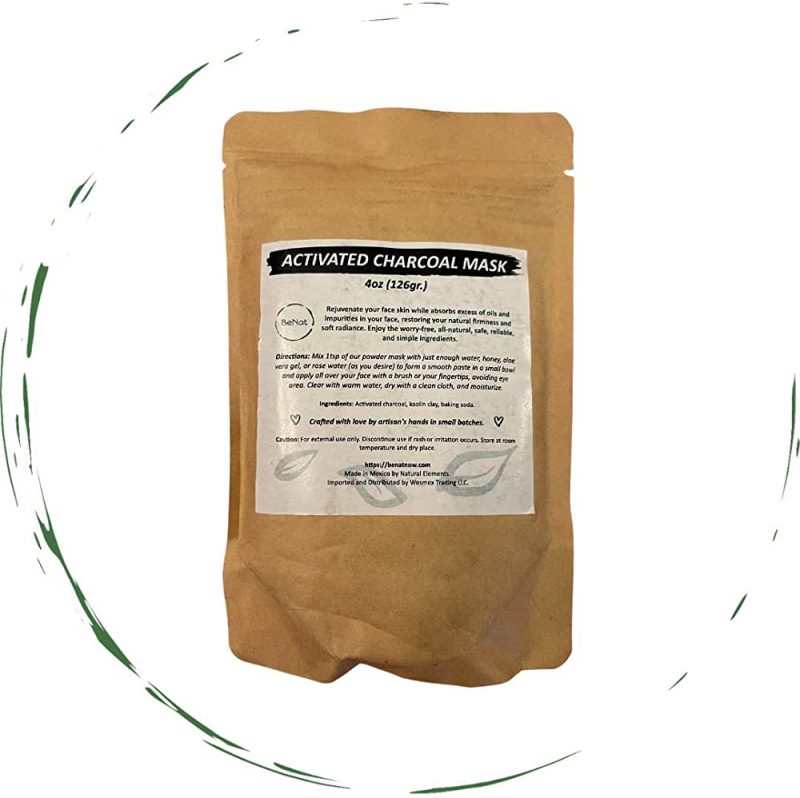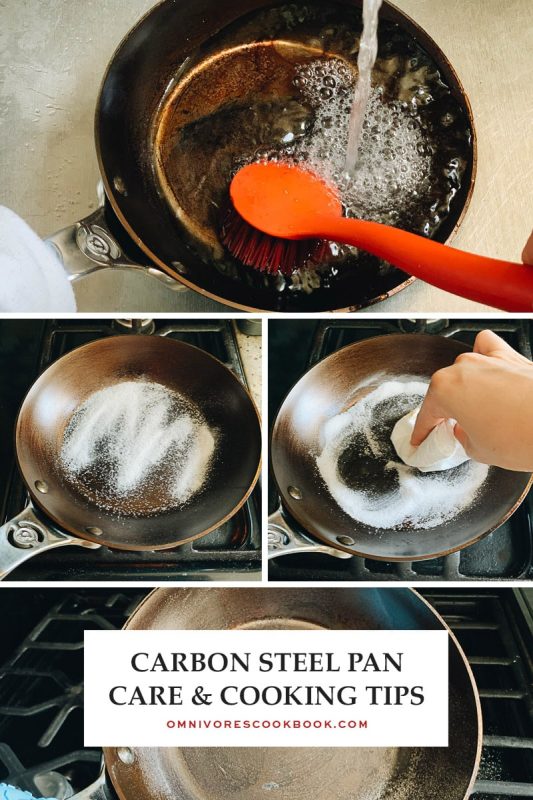This post contains affiliate links. As an Amazon Associate, we earn from qualifying purchases.
Making a carbon filter for water is a natural process that can be done using materials such as activated charcoal and sand. In this process, the activated charcoal’s porous structure traps harmful impurities from the water while the sand filters out larger particles.
This method is ideal for those who prefer a natural and cost-effective way to filter their water without having to rely on harmful chemicals or expensive filtration systems. Water filtration has become necessary in today’s times due to impurities and contaminants found in tap water.
Although various water filtration systems are available, some people prefer a natural approach via carbon filtration. In this article, we will discuss how to make a natural carbon filter for water without the use of complex equipment or chemicals. We will be providing a step-by-step guide on how to create the filter and the benefits of using a natural carbon filter for drinking water.

Credit: news.mit.edu
The Science Behind Diy Water Filtration
As the world becomes increasingly polluted, water filtration has become more critical than ever. Diy water filtration has gained popularity due to the control it gives people over what they consume. In this blog post, we’ll delve into the science behind diy water filtration and how you can make your carbon filter for water.
The Role Of Activated Carbon In Water Filtration
Activated carbon is a form of carbon that has been treated to have a high surface area. It is the most common material used in diy water filtration systems. The high surface area of activated carbon allows it to absorb impurities from water, making it more effective than other materials.
Activated carbon works by adsorbing molecules onto its surface. Adsorption is the process by which molecules adhere to the surface of a solid or liquid. In water filtration, activated carbon adsorbs impurities, including organic compounds, chlorine, and other chemicals.
Understanding The Basics Of Absorption, Adsorption And Ion Exchange
Adsorption is only one of three mechanisms that control impurities. The other two are absorption and ion exchange. These three fundamental processes are the backbone of water filtration.
- Adsorption: The adhesion of molecules onto a solid surface.
- Absorption: The penetration of a substance into a solid or liquid.
- Ion exchange: The swap of an ion from one location to another.
Carbon filters work via adsorption while ion exchange and absorption are employed in other water filtration techniques.
Comparing Diy Carbon Filters With Other Water Filtration Methods
Diy carbon filters are a practical, cheap, and easy-to-make solution for reducing impurities in drinking water. However, it is essential to note that they are not as effective as commercial reverse osmosis or distillation systems.
Distillation systems distill pure water by boiling off impure water and collecting the resulting steam. Reverse osmosis uses a semi-permeable membrane to remove impurities; both systems require significant investment.
Diy carbon filters are a reliable way to filter impure water, but they are less effective than more expensive filtration methods.
How To Build A Diy Carbon Filter
A natural way to make a carbon filter for water: how to build a diy carbon filter
Clean water is essential for human survival. However, if you’re concerned about the quality of your tap water, a carbon filter could be the answer. Carbon filters eliminate impurities and contaminants from the water, making it safe to consume. In this blog post, we’ll provide a step-by-step guide to building your own natural carbon filter.
Overview Of The Materials Needed
There are a few materials required to make a natural carbon filter. They include:
- A large food-grade plastic container with a lid
- A small plastic container with a lid
- Fine-grit sandpaper
- Activated carbon
- Gravel
- Cheesecloth or a coffee filter
Step-By-Step Guide To Building A Natural Carbon Filter
Follow these steps to create your diy carbon filter:
- Start by washing both containers thoroughly with soap and water.
- Using a drill, create holes in the lid of the larger container.
- Cut the small plastic container in half, so that the two halves form a funnel. Discard the top part.
- Cover the unfinished edges of the funnel with sandpaper.
- Place the funnel in the larger container, with the pointed end facing the bottom.
- Pour in a layer of gravel on top of the funnel, until the layer is approximately one-third of the container’s height.
- Place a layer of activated carbon on top of the gravel layer, then add a layer of sand on top of the carbon.
- Repeat steps 6 and 7 until the container is full.
- Cut a piece of cheesecloth or a coffee filter to fit over the top layer of sand, and then place the lid on the container.
Tips For Maintaining Your Diy Water Filtration System
To keep your diy carbon filter working effectively, follow these tips:
- Replenish the activated carbon every two to three months.
- Clean the gravel layer every six months by removing it and washing it thoroughly with soap and water.
- Replace the cheesecloth or coffee filter every month to prevent clogging.
- Store the container in a cool, dry place.
Building your diy carbon filter is a cost-effective and simple solution for ensuring that the water you drink is safe. Use this step-by-step guide to build your carbon filter and maintain it properly, and you’ll have clean, pure water in no time.
Using Your Diy Carbon Filter
A natural carbon filter is an eco-friendly way to get clean and safe drinking water at home. Not only is it efficient and affordable, but it is also easy to make using readily available materials. Before you start using your diy carbon filter, there are a few things that you must know.
Let’s look at the three h3 headings that will guide us through: preparing your water source, filtering your water with a natural carbon filter, and best practices for ensuring the quality of your drinking water.
Preparing Your Water Source
The first step towards using your natural carbon filter is preparing the water source you want to filter. Here are some key points to consider to ensure that your filter performs optimally:
- Collect water from a natural source, free of contaminants like chemicals, pesticides or sewage.
- Boil water before using it to eliminate bacteria and viruses. Let it cool to room temperature before filtering it.
- Use a cloth or a sieve to remove large particles and sediments that may clog your filter.
Filtering Your Water With A Natural Carbon Filter
The natural carbon filter is the heart of this process. The filter is made up of activated carbon, which is obtained by heating coconut shells or wood chips at high temperatures. This process creates millions of tiny pores on the surface of the charcoal that can trap impurities.
Let’s look at how to use the filter:
- Place the activated carbon in a tube or a container with a hole on top and bottom.
- Add a layer of gravel or sand at the bottom of the filter. This will help the water to flow smoothly through the carbon.
- Slowly pour the water into the filter, allowing it to pass through the activated carbon layer.
- Collect the filtered water on the other side of the filter.
Best Practices For Ensuring The Quality Of Your Drinking Water
While a natural carbon filter is an excellent way to get clean and tasty drinking water, there are some best practices to bear in mind:
- Change the activated carbon layer of your filter as needed. The frequency of changing depends on the volume of water filtered and the level of contamination of your water source.
- Clean your filter regularly with soap and water. This will help remove any impurities on the surface.
- Store your filtered water in a clean and covered container to avoid contamination.
- Consider testing your filtered water for ph and chlorine levels. This will help you to monitor the quality of your water and take any corrective measures if needed.
Using a natural carbon filter is a simple, efficient, and eco-friendly way to enjoy clean drinking water at home. By following the guidelines mentioned above, you can make your own filter, filter your water, and ensure that you have safe drinking water.
Frequently Asked Questions On A Natural Way To Make A Carbon Filter For Water
How Does A Natural Carbon Filter Work?
Activated charcoal in a natural carbon filter attracts impurities, such as minerals and chemicals, and traps them, leaving clean water. Activated charcoal is also effective at removing unpleasant odors and flavors, making water more palatable.
How Do I Make A Natural Carbon Filter At Home?
Making a natural carbon filter is easy. You will need a container, activated charcoal, gravel, sand, and a cloth. Fill the container with alternating layers of gravel, sand, and activated charcoal. Cover with a cloth and pour water through the top of the container.
How Long Does A Homemade Carbon Filter Last?
A homemade natural carbon filter should last about two months, depending on usage and the amount of impurities in the water. When you notice a change in the taste or smell of the water, it’s time to replace the filter.
How Does A Natural Carbon Filter Compare To A Store-Bought Filter?
Natural carbon filters are an eco-friendly and cost-effective alternative to store-bought filters. While store-bought filters may remove more impurities, natural filters effectively remove harmful substances and improve the taste and smell of water.
Can A Natural Carbon Filter Remove Bacteria And Viruses?
Unfortunately, a natural carbon filter is not effective in removing bacteria and viruses from water. To remove these dangerous elements, look into other water filtration solutions or follow proper boiling and water treatment methods.
Conclusion
Clean and safe drinking water is a necessity for healthy living. Unfortunately, the water supply can contain harmful substances like chlorine and other chemicals that can negatively impact our health. One natural solution is making your own diy carbon filter for water.
This not only helps in removing impurities from the water but also is an affordable and eco-friendly option. As discussed, activated charcoal, sand, and gravel are the key ingredients you need to make a carbon filter. Remember to clean and maintain the filter regularly for optimal performance.
With a little effort and investment, you can take control of your water supply and ensure long-term health benefits for yourself and your family. Try this at home and enjoy clean, filtered water anytime.



